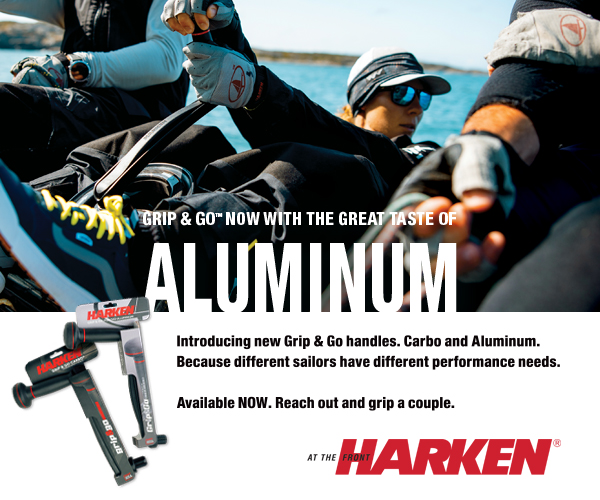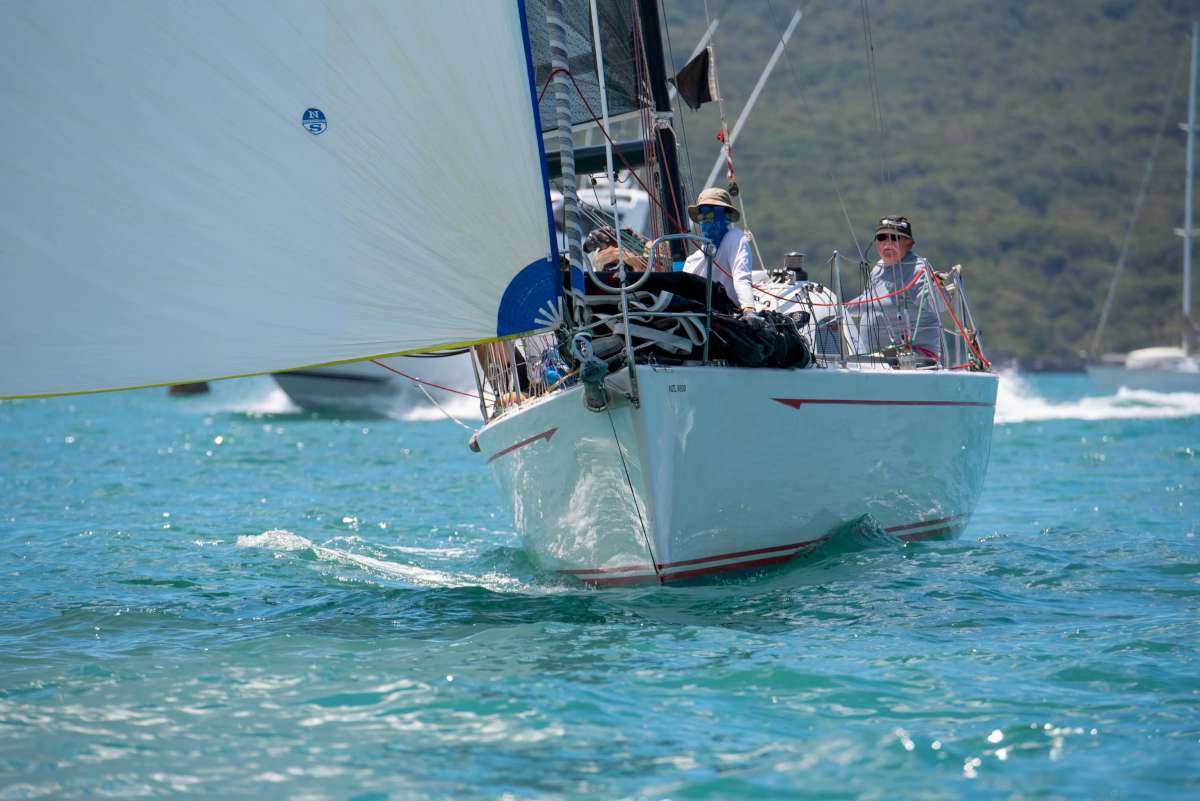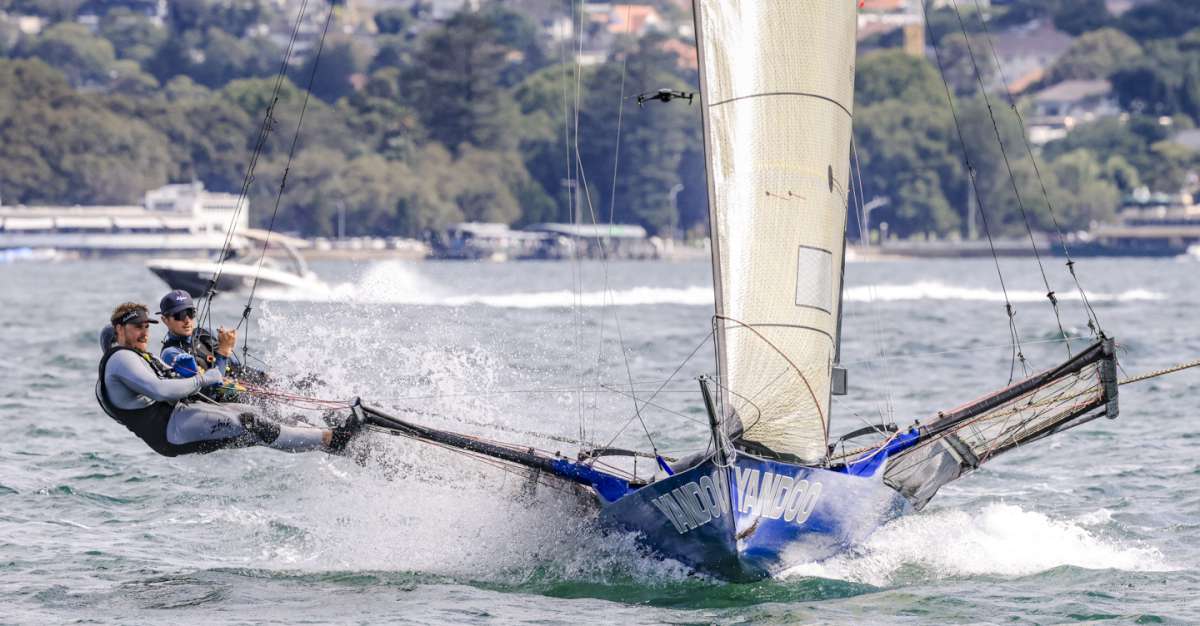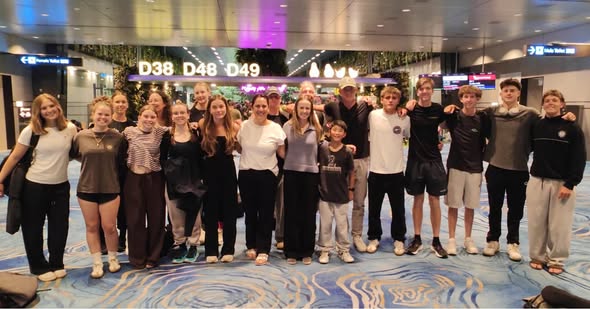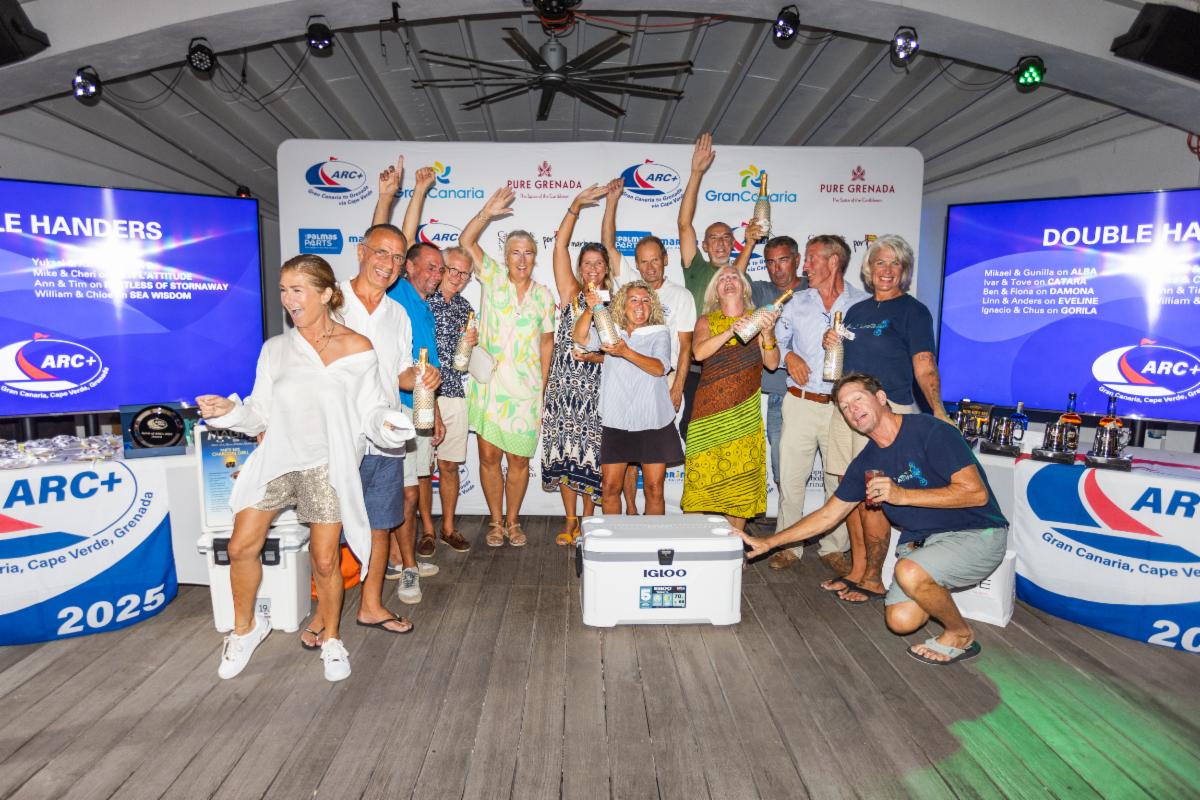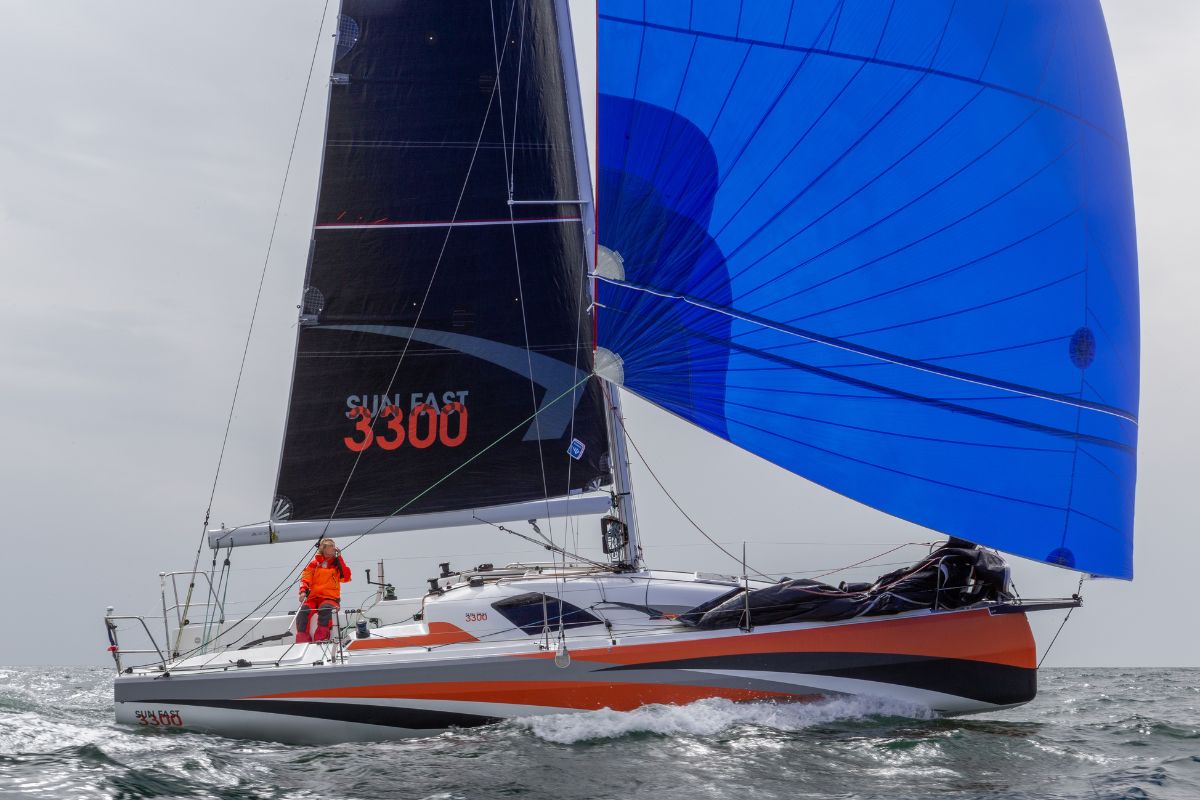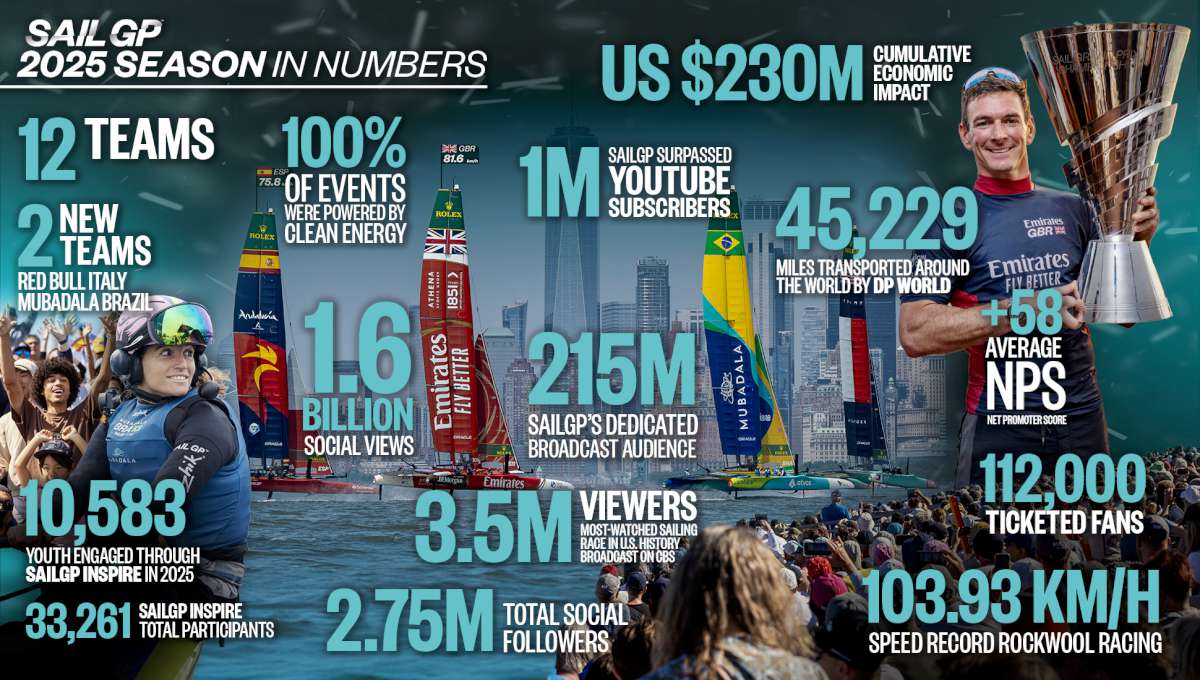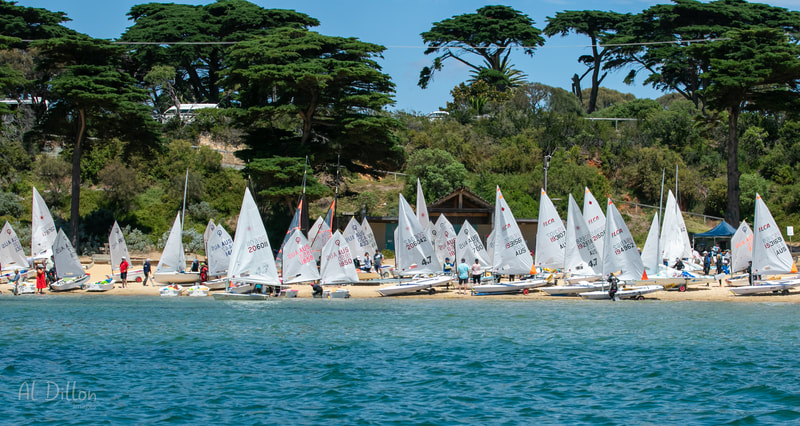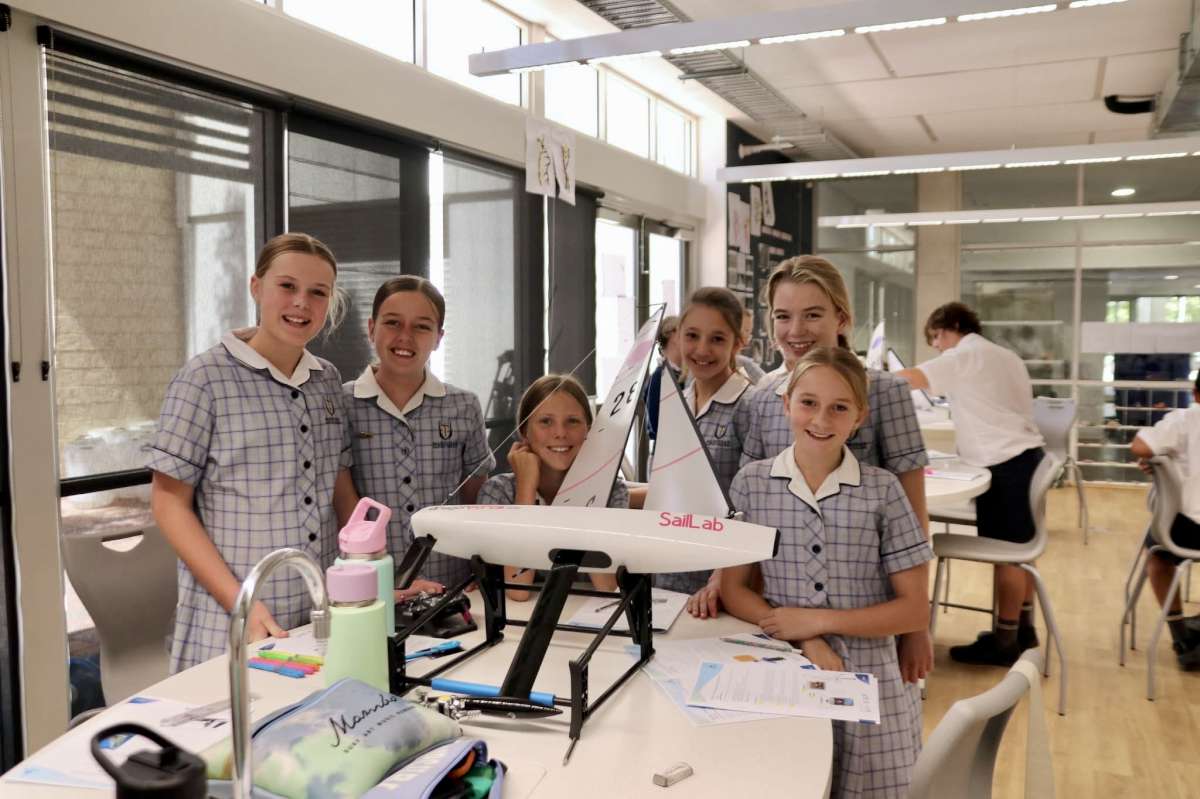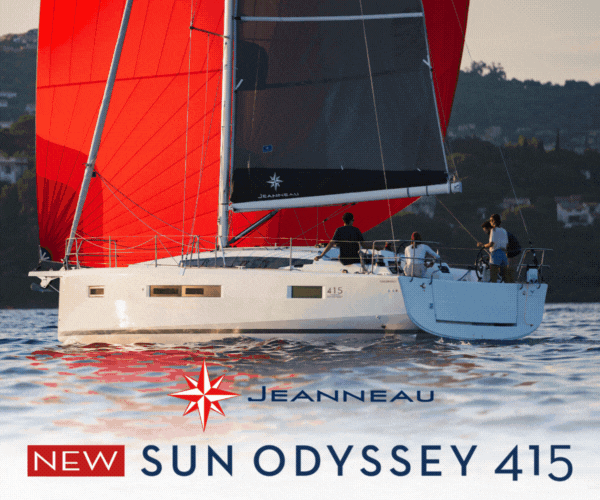Californian film-maker Bill Babington and I were intrigued to cruise the 850 kilometre stretch of the Straits of Malacca (Selat Melaka), a passage connecting the Indian Ocean with the Pacific Ocean. Our six week journey up the coast of Malaysia was on a warm-timbered monohull, a Liberty 485 called Solstice.
When we departed Raffles Marina Singapore around 8:00am, the humidity was already sticking to our skin. We snaked our way through the ‘waiting-room’ of rusted tankers and overloaded barges with anchor chains thicker than our mast, my eyes glued to the binoculars looking for any sign of movement. The ship fenders alone were three times the size of our dinghy.
We knew first-hand that big ships and cruising yachts were not made to play. A near collision in Indonesia with a tugboat pulling an unmarked ship in the night and an encounter with a thundering wake created by a cargo ship in Singapore that almost threw me out of the cockpit and submerged the front deck, was enough fun for us. However, we were in their territory, in possibly the busiest shipping lane in the world and had to find a way to get around.
Getting into Melaka
We were on our way to a historical city listed as a UNESCO World Heritage Site, Melaka.
Sailing in between the cargo freeway to our port and the fishing boats on the coast, assured us a close-to comfortable passage. We were sharing our water with the tugboats and they proved no issue chugging along at a snail’s pace.
The most dangerous element in the water was something that should have stayed on land; trash. Islands of wood, plastic and rubbish even caused the radar to voice its concern.
The Strait used to be home to the shy sea-grass eating sea-cow, or Manatee. It was clear to see why it was not so anymore. Bafflement filled me every time I saw yet another fisherman hauling out a net. We never did see anything substantial caught and my question always was, “who are they selling to?”
Singapore requires all commercial and private vessels visiting to have a class A or B AIS transponder and boy were we relieved this was so. Knowing the speed and position of ships gave us enough information to safely manoeuvre our way around.
We were attempting an overnighter, against all good advice, to catch up with cruising friends on another Liberty 485, called Hokule’a. During daylight we resorted to hand steering, with the amount of garbage in the water. This was not so much an inconvenience since the auto-pilot had been playing up for months, we had become used to standing at the helm.
When night fell it was in the hands of King Neptune and we forced ourselves to stop worrying about the trash.
We were sailing atop of the watery graves of men and their sailing-vessels lost to bloody battles, piracy and storms. It was November, the beginning of the north-east monsoon. We had made it through the first night safely and were heading into our next when the western sky bruised. Lightning sliced across and Bill mused, “you don’t think it’s coming our way do you?”
With that Bill disappeared to get some shut-eye.
The breeze picked up, Solstice was punching along at a solid pace, it was fantastic sailing. But I knew the good times were not going to last. When 25 knot winds began to whip I knew we were in for a ride.
Suddenly a tremendous gust drove Solstice to port and toward the congested shipping lane. Bill did not need to be roused, the sudden jerk was enough. There was not time to think of wet-weather gear, as the sky buckled.
We scurried and scampered like drowned rats, slamming shut ports, throwing items undercover and steering a wild bucking horse. Bill took the helm as I searched for the harness, of course the one time we needed it, it was not in its home; the side compartment of the cockpit. With no luck finding it I gave up and took the helm.
Bill did what we should have done earlier, reefed the sail. Sheets of rain were slamming into us as Bill fought with the flapping main. Lightning lit up the face of a man determined and desperate.
We were in complete white-out conditions, being tossed around like a cork in a washing machine of cargo ships. Eventually we had done what we could and spent the remainder of the night rocking and rolling until the sun exposed an overcast day.
Varied history
Delirious and exhausted we finally cast our weary eyes onto Port Dickson Marina. I preferred an anchorage over a marina any day, but arriving into a calm protected berth with our friends happy to see us, was a godsend.
A long hot shower and a hot meal with a stiff drink was exactly what the doctor had ordered. Port Dickson was our port of entry and a great base from where to explore. Melaka was only a few hours away by taxi.
Anchorage outside of Melaka was possible but how secure we did not know, so we left the yachts in the marina for two days to creak amongst themselves.
We arrived in Melaka to be surrounded by a swarm of rickshaws on cobbled paths and decaying buildings; stooped like old men overlooking the wide streets of a city frozen in time. A free historic tour about town uncovered a tale around every corner.
Stories from the Japanese occupation were harrowing; the Malaysian population forced to learn Japanese within six months, or be decapitated. A climb up to St. Paul’s Church revealed old Portuguese headstones engraved with sculls and cross bones of men who had fallen too young; grasping at fortunes too big.
The Chinese, Indian, Portuguese, Dutch and the British had all made a mark; delicious authentic Baba-Nyonya cuisine came from the Peranakan, the Straits Chinese; descendants of the very early Chinese immigration to the south-sea region.
History revealed
Our next destination was to an island historically used as a refuge for fishermen, merchants and pirates.
So from Port Dickson it was a two-day passage to the small mountainous Pangkor. Sailing was easy and a prebooked berth awaited us at the only man-made island in Malaysia, Marina Island.
Upon arrival a boy greeted us in a blue tinny; we had been warned of the shallow approach. Hokule’a followed first, then us.
All was well until our depth-finder read four feet under the keel. A hasty turn-around and a second attempt brought us into our berth eventually.
The marina was still under construction, however the rates were reasonable and the berths comfortable. It looked to be a great spot for hauling out.
The next day we found a note stuck to Solstice from the proud owners of another Liberty that was on the hard, welcoming us for happy hour drinks. Three Liberties in one marina was really something, only 30 were ever built.
Pangkor was a five minute ferry ride across from the marina. We passed on the pink taxi-vans for motorbikes to explore the tiny island. Clear waters lapped at the islands beaches and food stalls paved along the island road; leaving the dense and fertile jungle and the past, virtually untouched by modern-man.
We found the ruins of a Dutch fort built in the late 1600s used to control the Perak tin trade and later used as protection against the locals, crumbling at the side of the road. At our last stop, an original boat building shed, we watched the skeleton of a boat come to life.
Over the following days a low pressure system schemed off the coast of Phuket, Thailand. It had all the makings of a cyclone, or at least a severe storm. Either way we did not intend on sailing into a headwind for three days and departed
one day later than originally planned.
We set sail with dark brooding clouds ahead and as we entered open water the sky opened up. At least the winds were not against us.
Navionics wanted us close to the coast but tiny blue and yellow flags bobbing in the choppy waves forced us further out, toward an outer reef. Coastal fishing was becoming more frequent the further north we ventured.
We eventually became free of the flags but found ourselves feet from the bubbling and crashing of surf on our port-side. Of course we lived to tell the tale.
Confrontation
It was a three-day leg to an island familiar to piracy but also to the hellish cloak of World War II. Sailing with two other boats, Hokule’a and Kite, a Valiant 42, it was easy to discuss and agree on our first anchorage over the VHF before sundown.
A shallow muddy flat with nothing in sight but an ancient sunset proved perfect. The second day we had 30 metres under the keel, which declined to much less over the many scattered reefs.
A sunny day of motoring later turned into a windy dark-skied afternoon of sailing. Just as the first raindrop fell we found anchorage along a shallow coastline, this time keeping company with a bizarre fishing-house on stilts. Fishing-houses dotted the Malaysian coast but whoever owned this particular one was doing well for themselves.
We awoke to eerie red and green lights flashing past our yachts in the darkness. They came out slowly, until there were hundreds groaning and hovering like fire-flies around us, circling us.
Our yachts rocked from them passing-by. We were surrounded by an army of fishing boats.
We had happened to anchor in their territory however, without daylight to guide us through the web of fishing boats and nets, we were stuck there until day-break. Sleep did not come easy that night.
The roar of an engine woke us before sunrise, we rushed to the deck. Hokule’a and Kite were pulling anchor in haste; fishing boats were dropping drift-nets up-current of our yachts.
Without hesitation we started the motor and pulled up the anchor already underway, without a course plotted and still with sleep in our eyes. What a wake-up call.
The daylight brought a confronting sight. Fishing boats lined the horizon like crows on a fence. It was a game, guessing who was dragging what net between who, what flag corresponded to what boat. Jellyfish carpeted the water.
We had heard rumours of Malaysian fishing boats dropping nets in front of cruising yachts; forcing them to replace the damaged ones.
Even so, our encounter that morning did not have me convinced, not yet. An aeroplane flew overhead and the longest bridge in Southeast Asia, the 24km Second Penang Bridge, twinkled brightly in the sun up ahead.
We had almost made it to Penang, the Pearl of the Orient, but not without one more battle.
A red fishing boat came alongside. He had dropped a net behind us and then sped up ahead dropping a red flag. We were being enclosed by a circular net.
Bill ripped the throttle up, we got out just in time, but the fun was not over. I took the helm. Fishermen were heading out to work. Boats one by one turned to aim directly at our bow.
It was time to play their game, I throttled up. They kept coming, one after another. If only I had known that Malaysian fishermen were innately superstitious and that bad luck was supposedly caused by evil spirits. To eradicate a spirit from a boat, fishermen steer directly at another boats bow, crossing it or veering off quickly; throwing the bad spirit onto the other boat.
There must have been a lot of bad luck in Malaysian waters, probably due to overfishing rather than evil spirits.
Final stage
Having won the last battle we continued to sail under the Second Penang Bridge to our berth awaiting us at the Straits Quay Marina. What a change of scenery.
The marina was a sea-front entertainment complex with restaurants, shopping and apartments for the rich. Once again we were in search of Baba-Nyonya food. Seven Terraces satisfied with its exquisite menu and original Baba-Nyonya décor of mother-of-pearl and Blackwood.
Walking through the colourful streets, Little India and Chinatown, unique street-art burst around every corner. The Penang Open Air War Museum built in the 1930s and voted by National Geographic as one of the top 10 most haunted places in Asia, is what we had come to experience.
After World War II the fortress was left abandoned in its original condition and had recently been reopened to the public. Underground tunnels, bunkers, torture rooms and bullet holes remained, as well as the boots
of fallen soldiers.
The view from the hilltop was a perfect look-out for invaders. For centuries piracy bloodied the Melaka Strait, later World War II bloodied the land.
Olivia Page

